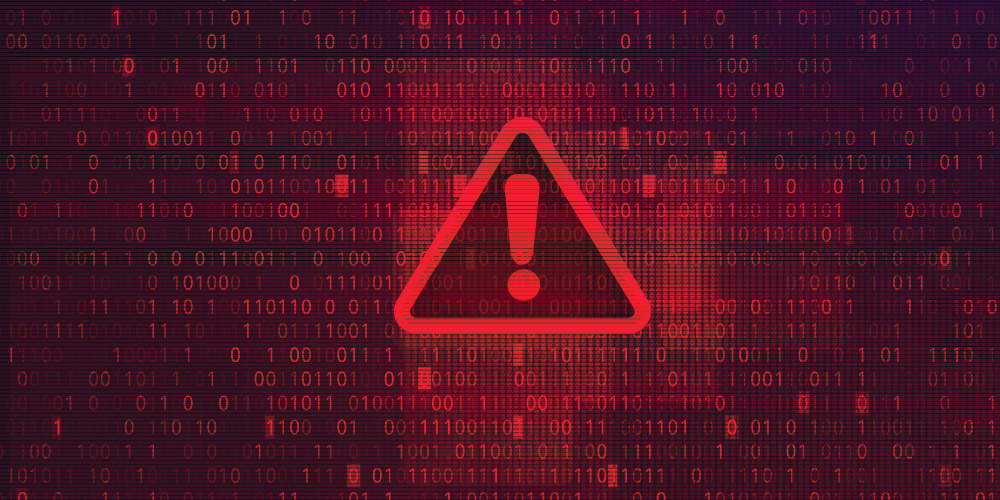Commonly, employees are thought to be the “weak link” in combating cyberattacks. What if, with thorough training, your employees become your best resource in fighting attacks like phishing, ransomware and malware, and social engineering attacks? These threats can all lead to your network and data being compromised as well as your business losing revenue and your clients’ trust. Read on to learn more about common threats and how to train your employees to have a role in combating them.
Know the Threat Landscape
Threats to cybersecurity abound, and some of the most common are ransomware and malware, which can get to your network via phishing schemes and social engineering attacks. Ransomware is a type of malware in which files are encrypted and become unreadable, and can only be available again if the user pays money (a ransom) to get a key to get the files unlocked. Malware, in general, is malicious software designed to steal confidential information, insert a virus into the network, or both. Commonly, malware and ransomware enter a network via social engineering attacks such as phishing schemes. A bad actor pretends to be someone the victim knows, and tricks them into giving confidential data. For example, the attacker may pretend to be a fellow employee needing assistance that requires access to the network. Instead of trying to find and exploit weaknesses in the system itself, the criminal tries to find “weaknesses” in the victim–a desire to help others, for example.
Train Employees to Recognize and Prevent Attacks
There are excellent online and in-person training programs to prevent cyber attacks. This training can be a good foundation in knowing more about the risks and how to prevent them. Training is not just a one-time endeavor; rather, it needs to be practiced consistently. Part of training should involve teaching employees how to recognize social engineering attacks, such as phishing. Clues to a phishing email can include misspellings and grammatical errors in the body of the email, along with urgent calls to action (even threats). One way to assess which employees might fall prey to a phishing scheme is to send a fake phishing email with a link in it, and discover who clicks on the link.
Aside from recognizing attempts to get into a company’s network, there are other common-sense practices to stay safe. One is effective password management, encouraging formulation of strong passwords initially, and changing them regularly. Also, not sharing passwords with others is a basic rule of thumb. Furthermore, discouraging use of unsecured Wi-Fi (which might be used by employees working outside the office) helps keep your network safe.
To learn more about the existing and evolving threats and how to combat them, contact your trusted technology advisor today.

